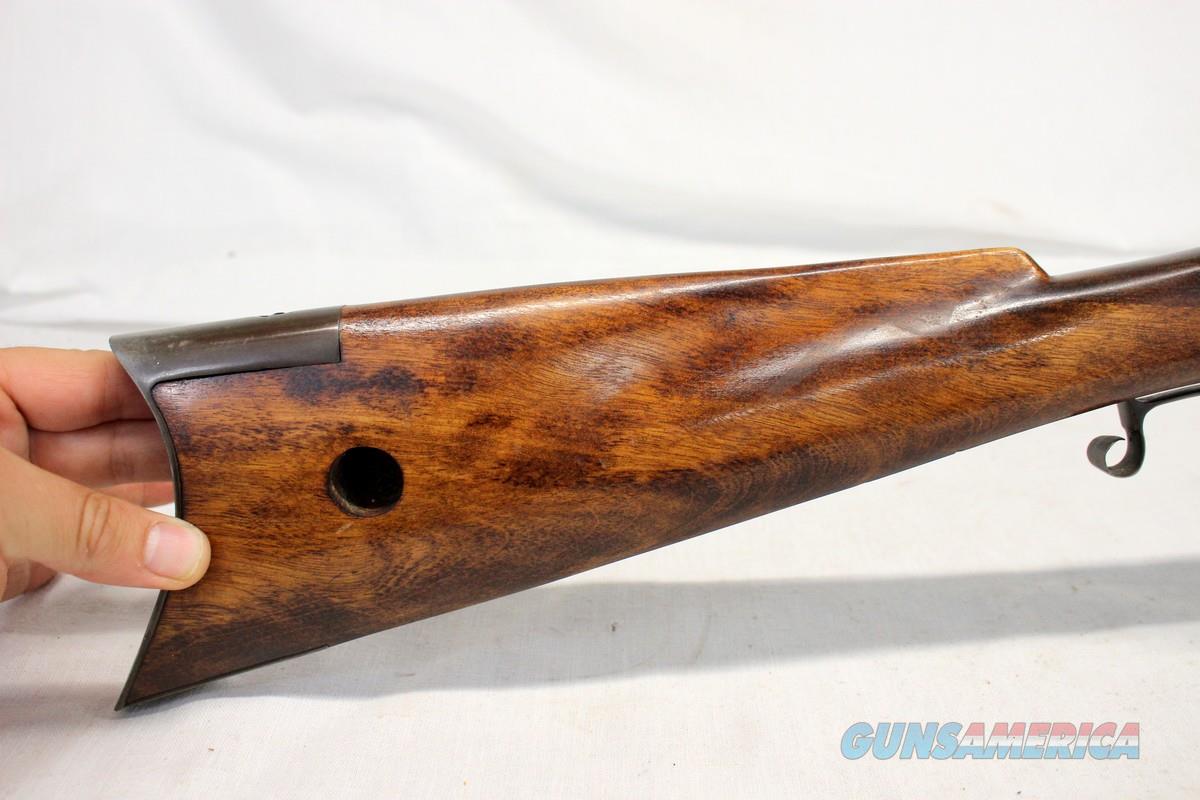shaman
40 Cal
Honorable #2 son, Moose, showed up yesterday bearing the fruits of a trip to the pawn shop. Among his acquisitions was a Dixie Gun Works Tenessee Mountain Flinter in .32. It appears to be a Poor Boy model.
It isn't in any way what you'd call pristine, but it appears to be serviceable. He's only dealt with modern inlines before. This is his first foray into old school tech, and his intention is to turn it loose on the squirrels this fall.
I'm just guessing, but I'd think a Lee .311 mold and some .010" pillow ticking would get him there. Anyone have any experience with casting for one of these critters?
The Lee .311 is something like 45 grains in weight. The rule of thumb says 45 grains of powder would get the ball safely out the bore. What sort of loads do y'all use?
One thing that intrigued me was the circular hole in the center of the stock. What was its function?

What sort of wood might that be? It's similar to the one in the pic.
It isn't in any way what you'd call pristine, but it appears to be serviceable. He's only dealt with modern inlines before. This is his first foray into old school tech, and his intention is to turn it loose on the squirrels this fall.
I'm just guessing, but I'd think a Lee .311 mold and some .010" pillow ticking would get him there. Anyone have any experience with casting for one of these critters?
The Lee .311 is something like 45 grains in weight. The rule of thumb says 45 grains of powder would get the ball safely out the bore. What sort of loads do y'all use?
One thing that intrigued me was the circular hole in the center of the stock. What was its function?

What sort of wood might that be? It's similar to the one in the pic.






